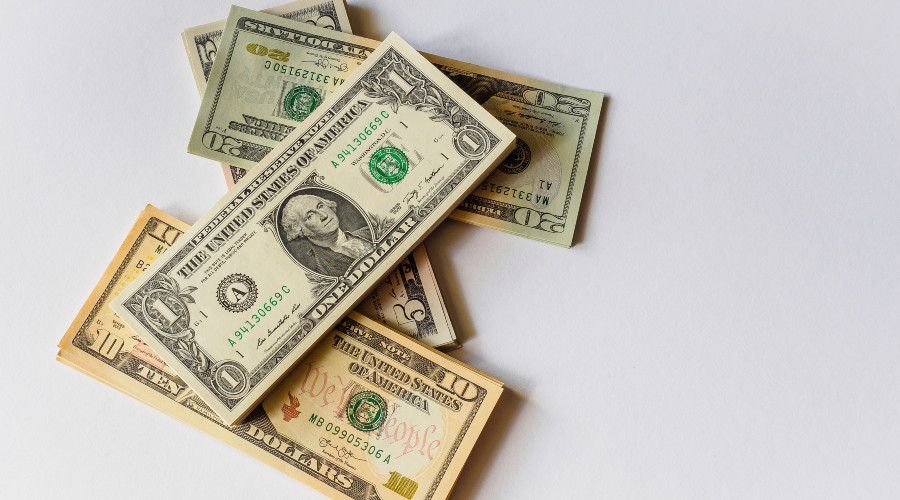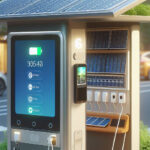This blog focuses on insights and strategies in advertising, merchandising, and brand awareness. Today, we’re taking a break from design trends and marketing strategies to discuss something equally vital – financing advertising displays.
High-quality advertising displays can make a powerful impact on customers but can also be a significant investment. Whether you’re a small business looking for an eye-catching window display or a large corporation planning a nationwide digital billboard campaign, understanding your financing options is essential.
Let’s explore various loan options, discuss terms, interest rates, and more to find the right solution for your advertising needs.
Traditional bank loans
Traditional bank loans are a familiar option for a lot of businesses. These loans can be tailored to suit the specific needs of an advertising campaign.
Banks offer various business loans. They include secured and unsecured options, with various terms and interest rates. Approval and the specifics of the loan depend on factors like credit history, business profitability, and loan size.
● Interest Rates: Typically, interest rates for bank loans can range from 3% to 10% or more, depending on the loan’s type and duration.
● Loan Terms: The terms can vary from short-term loans (less than one year) to long-term loans extending to 10 years or more.
Example: A local retailer seeking to finance a new storefront display may approach their local bank for a small business loan, securing favorable terms based on their strong relationship and solid business performance.
Small business administration loans
For small businesses, SBA loans can be an attractive option for financing advertising displays.
The Small Business Administration offers various loan programs to help small businesses grow. These loans are often easier to qualify for and provide competitive terms.
● Interest rates: SBA loans offer interest rates typically ranging from 2.25% to 4.75% over the prime rate.
● Loan terms: The terms can range from 5 to 25 years, depending on the SBA program.
Example: A growing boutique looking to invest in a cutting-edge digital display may seek an SBA 7(a) loan, which offers long-term financing with competitive interest rates.
Alternative and online lenders

Online and alternative lenders provide additional financing options in today’s digital age.
Alternative lending platforms often offer a streamlined application process and faster funding. It can be particularly beneficial when financing a time-sensitive advertising campaign.
● Interest rates: In general, online lenders have higher interest rates, ranging from 7% to 30% or more.
● Loan terms: These loans usually have shorter terms, from 3 months to 5 years.
Example: An e-commerce business planning a pop-up display in a high-traffic area might choose an online lender like OnDeck or Kabbage for quick approval and funding.
Financing equipment
If your advertising display involves significant hardware, equipment financing could be an option. Equipment financing allows businesses to take out a loan specifically to purchase the equipment needed for their advertising display. The kit itself often serves as collateral for the loan.
● Interest rates: Rates for equipment financing typically range from 6% to 9%.
● Loan terms: In general, the loan term matches the equipment’s expected lifespan.
Example: A company planning to install an extensive LED billboard system might use equipment financing to fund the purchase, benefiting from tax incentives tied to equipment depreciation.
In conclusion
Financing advertising displays is not a one-size-fits-all scenario. The right solution depends on factors such as the nature of the display, the size of the investment, the financial health of your business, and your relationship with potential lenders.
By understanding the options detailed here, marketing professionals can take informed steps toward funding impactful advertising campaigns that align with their goals and budgets.



